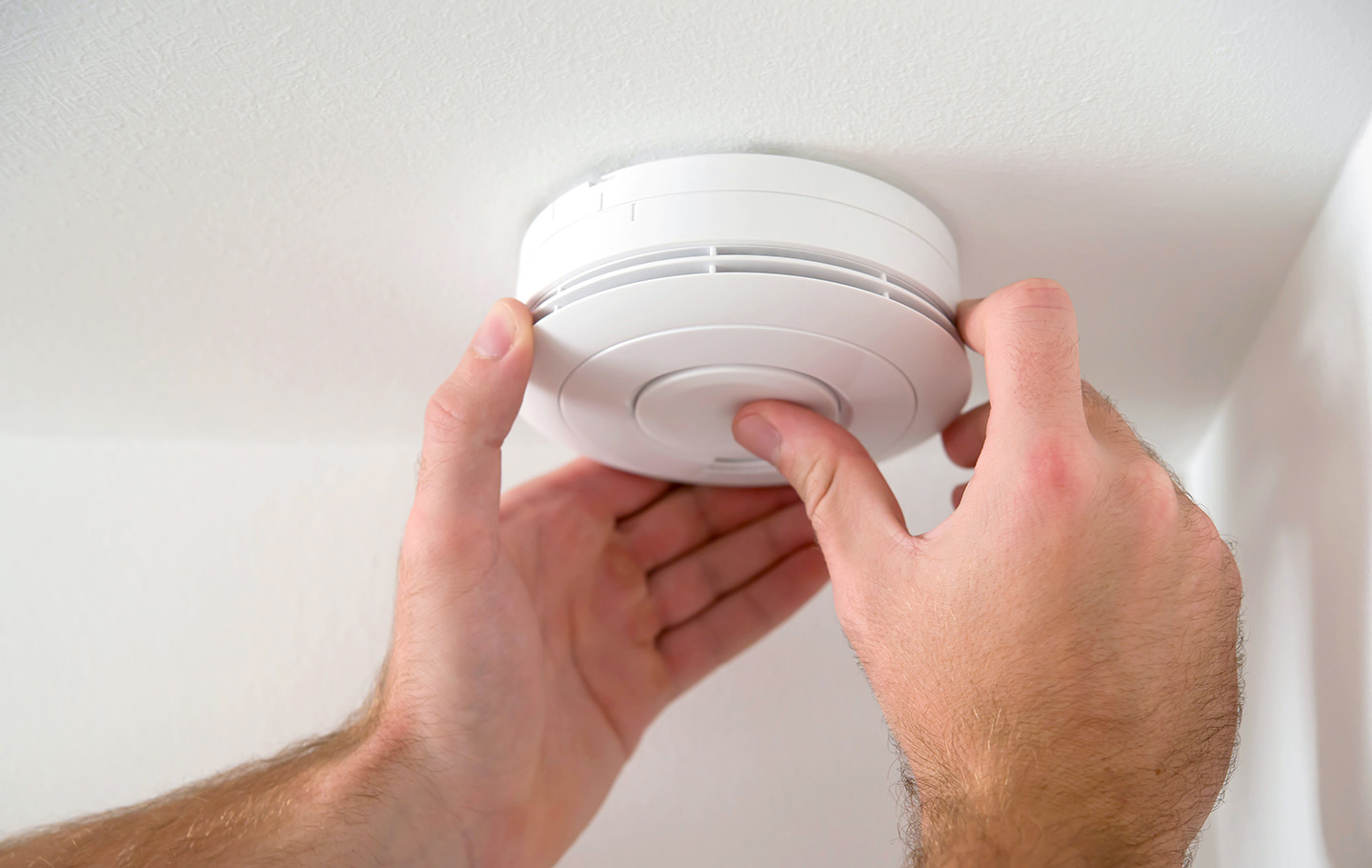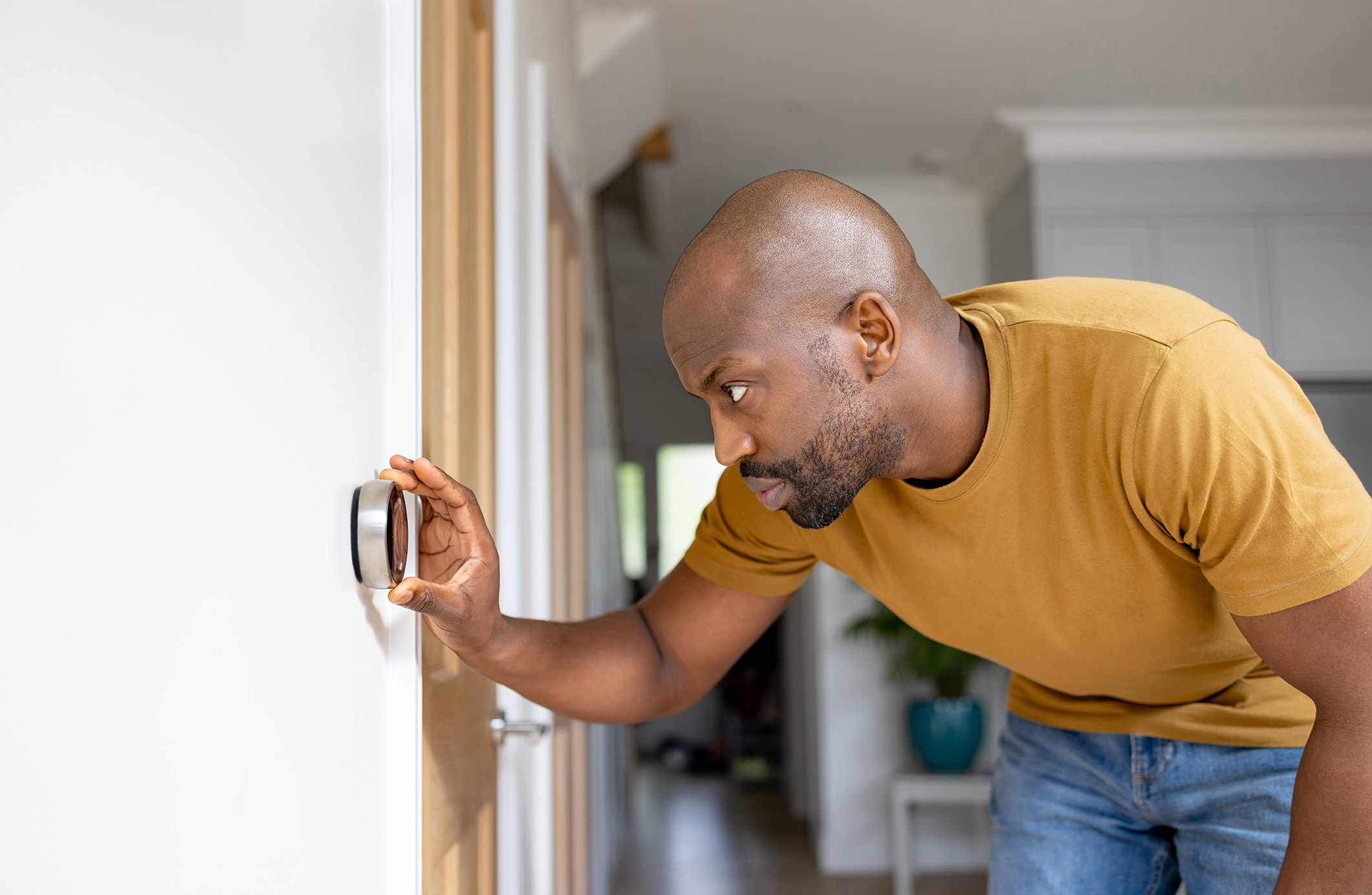How to Install and Test Your Smoke Alarms
Help keep your home safe by properly installing and maintaining your smoke alarms.
Which type of smoke alarm should I choose?
The National Fire Protection Association (NFPA) recommends dual-sensor detectors. These combine ionization (which respond best to flaming fires) and photoelectric (which respond best to smoldering fires) capabilities. No matter which detector you choose, look for alarms labeled with an independent, recognized testing laboratory insignia, such as CSA Group Testing and Certification, Inc., NSF International, and Underwriters Laboratories, Inc.
How many smoke alarms should I install?
Ideally, you want to have at least one alarm on each floor, depending on the size of your home. Be sure to check local codes as they dictate where you need smoke alarms. Some areas require more than others. This info is available online.
Where should I mount my alarms?
The best location for your smoke detectors will depend on your home’s layout. Here’s a quick guide:
- In the basement — on the ceiling at the bottom of the stairs that lead to the first floor
- In living areas — place high on walls or ceilings
- On the wall — 12 inches or less from the ceiling
- In pitched ceilings — within 3 feet of the ceiling’s peak but not within the apex of the peak
Homeowner tip
Refer to the manufacturer’s instructions for the best placement of the specific unit. Avoid alarm interference by placing your detector at least 10 feet from a cooking appliance and away from windows, doors, or ducts. Keep the detector clean and dust-free.
How often should I test my smoke alarms?
Test your smoke alarms once per month.
A note on alarm replacement: Typically, most new smoke alarms come with 10-year, non-replaceable batteries. Refer to the unit’s instructions for proper battery care or unit replacement as needed.






